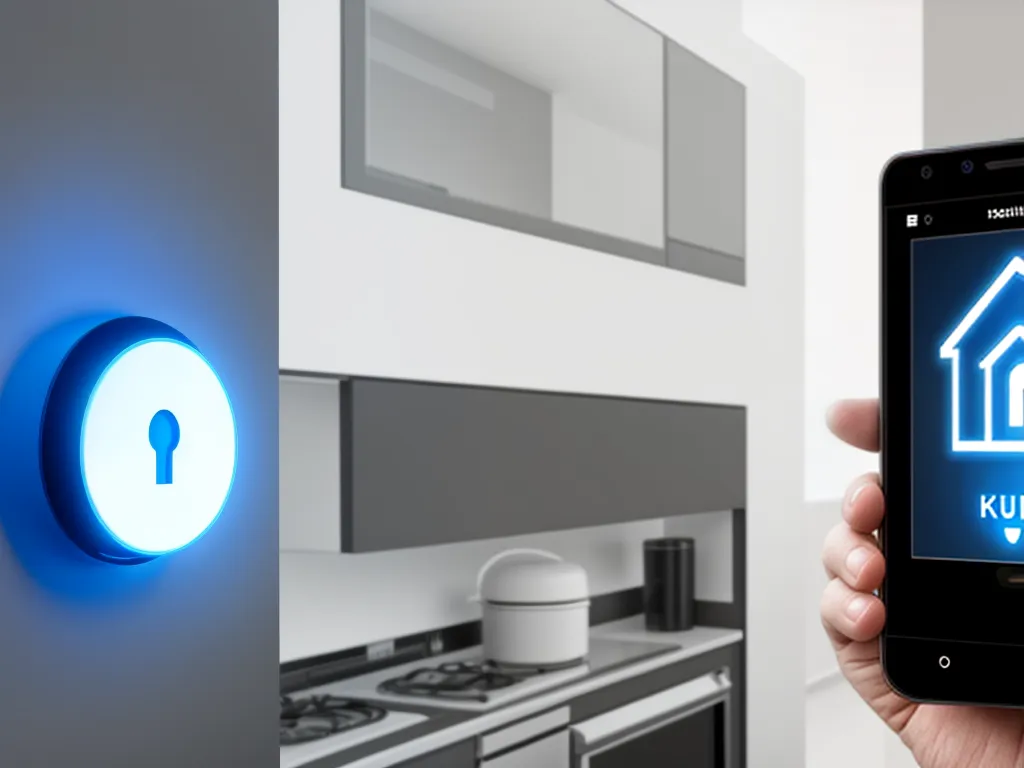
The prevalence of smart home devices like smart speakers, smart thermostats, and smart appliances has exploded in recent years. However, as our homes get smarter, they also become more vulnerable to cyber threats. As a smart home owner, it is critical that I take steps to secure my connected devices and protect my privacy.
Learn About Common Smart Home Vulnerabilities
Before I can defend my smart home, I need to understand where it is potentially exposed. Here are some of the most common vulnerabilities faced by smart home owners:
-
Weak default passwords – Many smart devices come with simple default passwords like “12345” or “password” that are easy for hackers to guess. I should change all default passwords to strong, unique ones.
-
Unencrypted traffic – Data transmitted from smart devices to the cloud is sometimes unencrypted. This allows hackers to intercept this data and spy on my home activities. I should enable encryption options whenever possible.
-
Outdated software – Like all software, the code running on smart home devices needs regular security updates. Ignoring updates leaves my devices open to known flaws. I should install updates as soon as they become available.
-
Insecure WiFi – Smart home devices connect to the internet through my home WiFi network. If this network is poorly secured, it allows intruders easy access to all of my connected gear. Use strong WiFi passwords and enable advanced security like WPA2 encryption.
-
Remote access – Many smart devices come with remote access enabled by default, allowing the vendor to troubleshoot issues. I should disable remote access on all devices where it is not necessary to reduce the attack surface hackers can exploit.
Configure Device Settings for Security
Here are some good device security practices I should adopt to better protect my smart home from intrusions:
-
Enable two-factor authentication on smart devices whenever available. This requires a hacker to have access to two separate forms of authentication to gain entry, making breaches much harder.
-
Turn off Universal Plug and Play (UPnP) on my router if not needed. UPnP automatically opens ports when it detects a new device on the network – a feature hackers can abuse to sneak into a home network.
-
Separate smart home devices onto their own network segment or VLAN. This limits an intruder’s ability to access other devices in the home if one is compromised.
-
Use unique passwords across all smart devices. Re-using passwords creates a risk that one breach leads to many. Password manager apps make this easy.
-
Limit app permissions whenever possible. Only enable capabilities an app actually needs to function – unused permissions create potential holes.
Keep Devices Updated and Patched
Maintaining devices is just as important as configuring them properly. Here are software habits that will optimize my smart home’s security over time:
-
Enable auto-updates so I never have to think about applying patches and firmware fixes as they become available.
-
Replace default software on smart devices with open source firmware like OpenWrt where possible. The open source community often provides security fixes faster than vendors.
-
Uninstall cloud connectivity for devices that do not actually need to be remotely accessible. The fewer online access points the better.
-
Revoke linked accounts when getting rid of old smart gear. Otherwise, the new owner may still have access to the device and my home network.
-
Restart devices regularly to clear memory, apply pending updates, and refresh security keys and certificates.
Physically Secure Smart Devices
Beyond digital precautions, I should take physical measures to make devices harder to tamper with:
-
Mount smart speakers and hubs on walls or ceilings out of reach. This prevents someone from easily unplugging or resetting them.
-
Use tamper-resistant screws on important devices so they cannot be opened up or removed without special tools.
-
Secure cables with locks and cable ties to prevent them being disconnected by an intruder.
-
Place devices like cameras and motion sensors in inconspicuous locations to avoid tampering.
-
Enable tamper alerts on devices that support them. This will let me know if someone tries to alter or block the device.
The more layers of physical security I add, the harder I make it for someone to physically breach my network.
Monitor Activity and Be Vigilant
To catch issues early, I need to be proactive about monitoring what is happening on my network:
-
Enable device logging and check logs regularly for any abnormal activity like unexpected reboots or firmware downgrades.
-
Set up intrusion detection like firewall logs and alerting rules to notify me of suspicious traffic and access attempts.
-
Periodically audit devices by checking configurations, enabled services, user accounts etc. to spot any changes from the expected baselines.
-
Watch for signs of compromise like flickering lights, appliances turning on unexpectedly, or temperature changes that signal an intruder is connected.
-
Change WiFi passwords routinely to disable anyone who previously gained unauthorized access.
My smart home may save me time and energy, but it requires vigilance and ongoing security maintenance to keep it safe from those who would seek to invade and exploit it. Following the practices outlined here will help me harden my connected home and protect my privacy. As the smart home landscape evolves, so must my defensive strategies.












